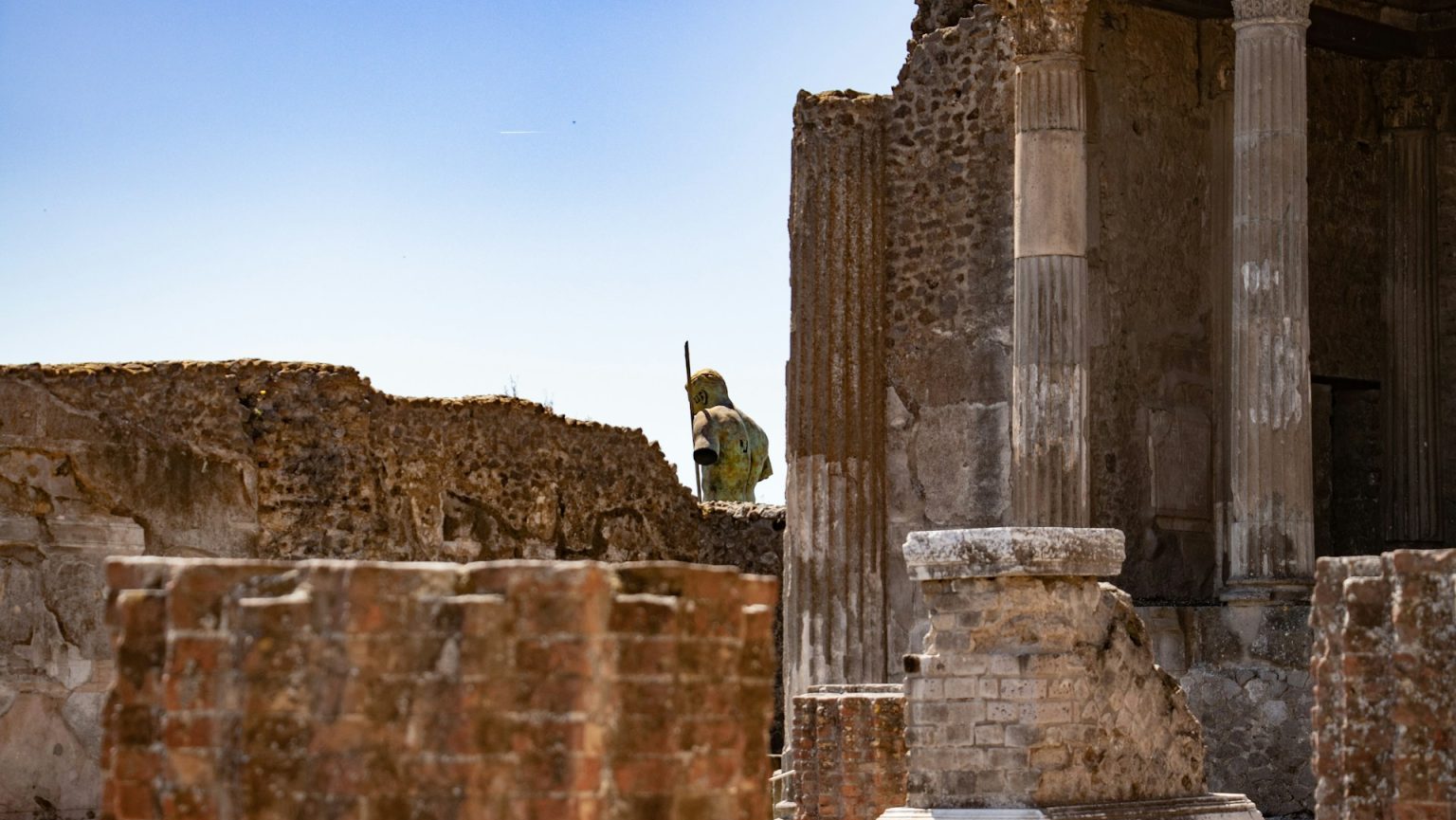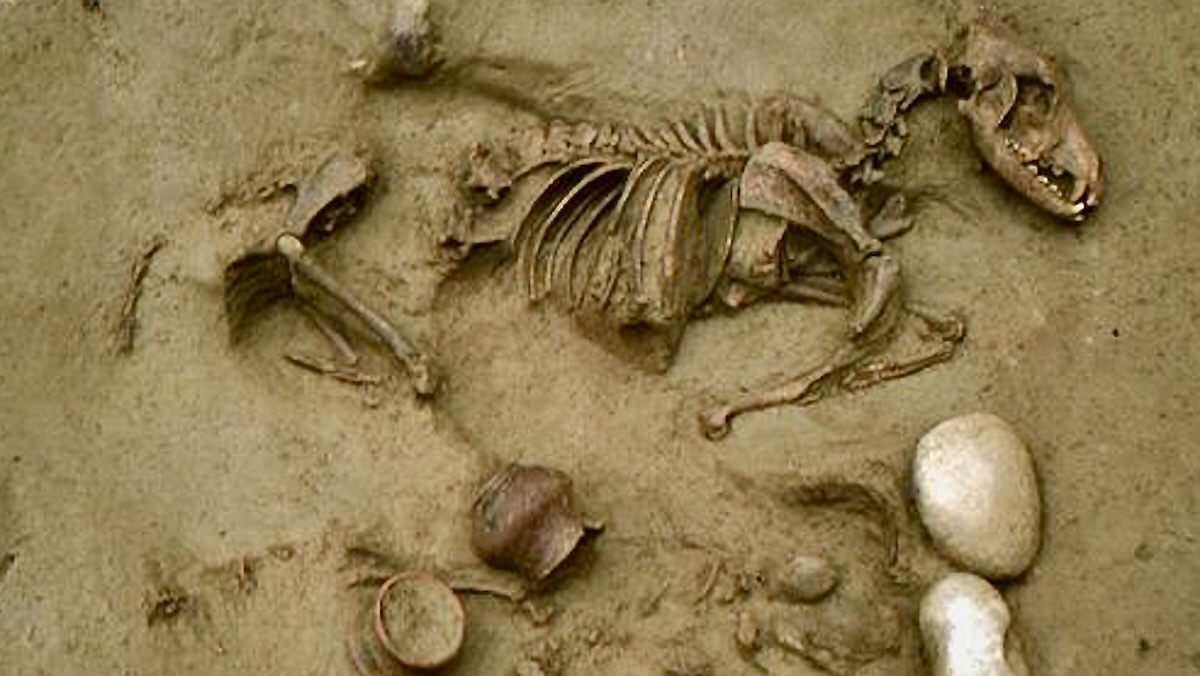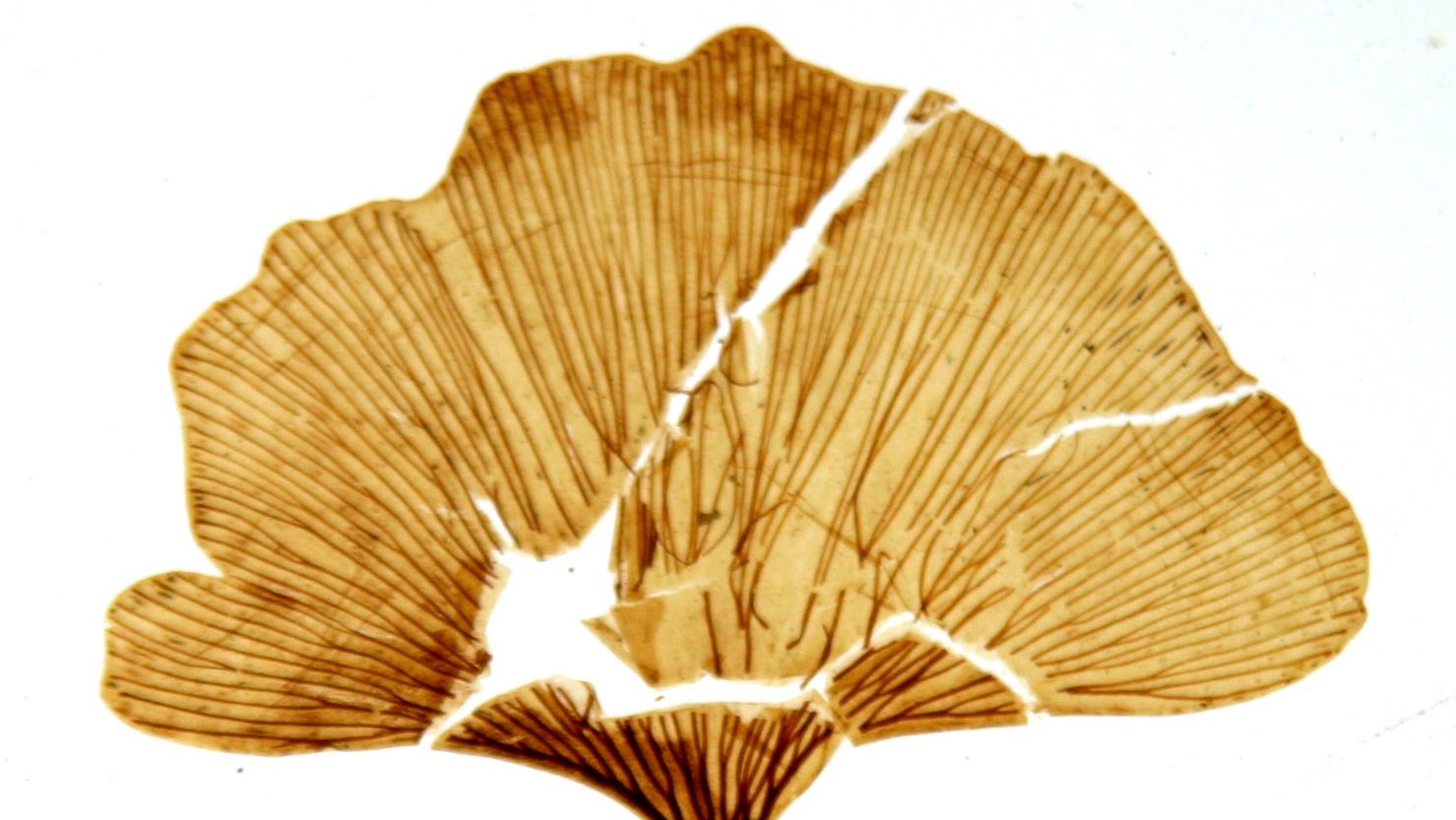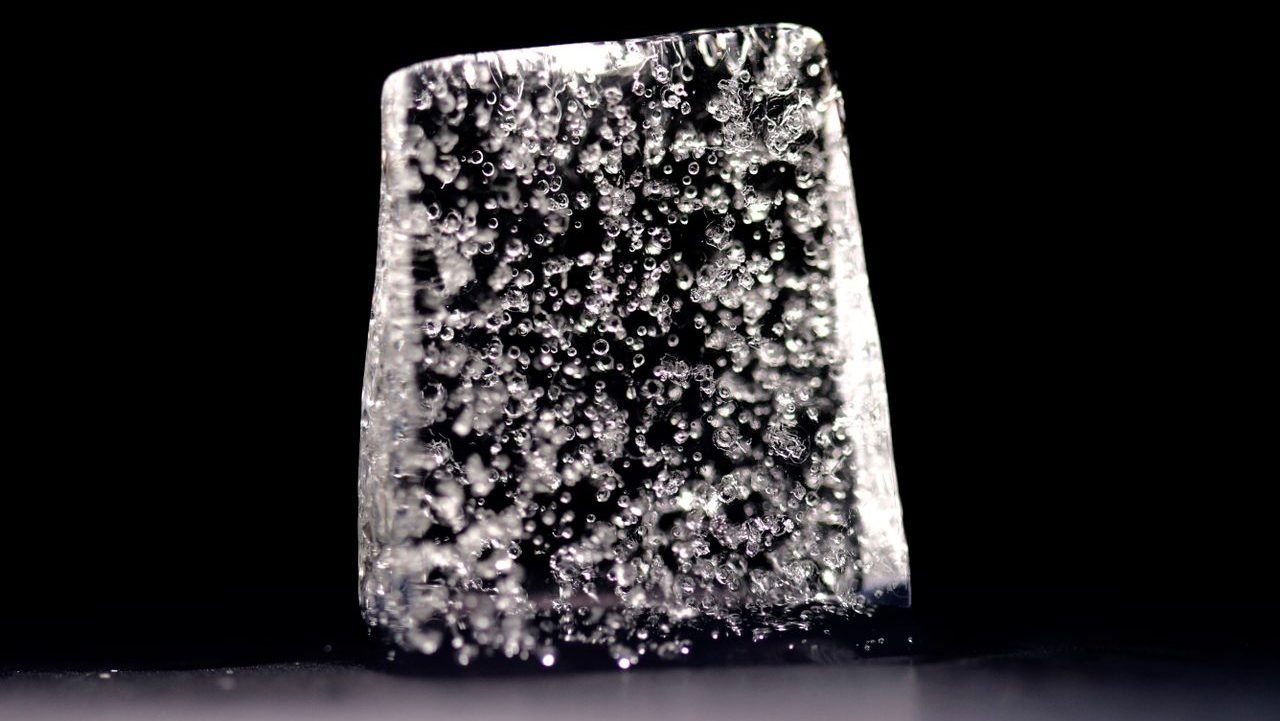Vikings unwittingly made their swords stronger by trying to imbue them with spirits

Shutterstock
- Iron Age Scandinavians only had access to poor quality iron, which put them at a tactical disadvantage against their neighbors.
- To strengthen their swords, smiths used the bones of their dead ancestors and animals, hoping to transfer the spirit into their blades.
- They couldn’t have known that in so doing, they actually were forging a rudimentary form of steel.
Science fiction author Arthur C. Clarke wrote that “any sufficiently advanced technology is indistinguishable from magic.” While we usually extend this to the future, the same was true of the past. In much of ancient history, the line between technology and ritual was thin. Smiths were something in between craftsman and magicians, in possession of secret, esoteric knowledge. In early Iron Age Scandinavia, for instance, just before the advent of the Viking Age, smiths discovered a ritual that enabled them to impart the steely strength of their ancestors and animals into their weapons.
This was a crucial transformation for Scandinavians; the majority of iron they had access to was bog iron. Bacteria in bogs oxidize trace amounts of iron to gain energy and, in so doing, concentrate the iron, enabling its collection for smithing. However, the resulting iron is impure and soft, which was a big problem for the Scandinavians. Conflicts could easily be decided by the side that had the better equipment, and Iron Age Scandinavia was full of conflict.
Either against the Romans, neighboring warlords, or Christian settlements, survival depended upon defending against conflict or engaging in it.
Scandinavian smiths discovered that the bones of the dead could grant them an edge. Numerous forges scattered across Scandinavia contain the remains of animal and human bones — by incorporating the remains of the dead, their spirits could be transferred into a blade, making it stronger and more durable.
Mistaking technology for magic
Incorporating bones into the smithing process did in fact make Scandinavian swords stronger, but it wasn’t magic — it was technology. What ancient smiths could not have realized is that they were in fact mixing their bog iron with carbon to make a rudimentary form of steel.
Carbon is present in all organic matter, and the same is true for bones. By burning bones in a low-oxygen environment, ancient smiths would have produced bone-coal, much in the same way that burning wood in a low-oxygen environment makes charcoal. Researchers have conducted experiments that recreate the process of forging a sword using bog iron and bone-coal; the carbon from the bones can penetrate up to 3 millimeters deep into bog iron, enough to significantly strengthen the sword.

The Snartemo sword, found in a Norwegian tomb, dates to 500 AD. This would have been around the time that smiths were using bone-coal to strengthen their iron.
Wikimedia Commons
Evidence of ritual smithing
While we have no written records of this process occurring, we do know that the remains of ancestors were highly sought after. Archaeologist Ing-Marie Back Danielsson writes,
“Through archaeological excavations it is evident that burial mounds were opened shortly after their construction […] anything from a few years to decades after initial burial. Terje Gansum […] has suggested that these re-excavations of mounds were for the purposeful retrieval of bones. In this way, ancestral power was literally appropriated for occasions such as carbonizing iron, where bone coal was a necessary ingredient. Brendalsmo and Røthe […] have interpreted these retrievals or re-excavations as the possible recovery of items with magical power and those associated with necromancy.”
From all of the bones found around smithies, it’s clear that smiths used bones in some capacity. What’s more, ritualistically incorporating the bones of dead ancestors into smithing fits well with what we understand about ancient smithing practices.
Throughout the world’s ancient cultures, the forge was seen as female, and the smith was its metaphorical husband. Weaponry and tools were birthed from forges, rather than made. By using the bones, the “spirit” of animals or humans, Scandinavian smiths were, in a sense, making a new being. An ancient Scandinavian collection of poetry called the Poetic Edda describes many swords that had names, some of which even had what one might call a spirit — some could speak, sing, provide guidance, or cause misfortune to their wielder. While we can say with some confidence that Scandinavian blades weren’t excellent conversationalists, ancient smiths were, in a sense, filling them with life — that of a famous warrior, a powerful animal, or the wielder’s own deceased ancestors, and in doing so, they were making steel.





